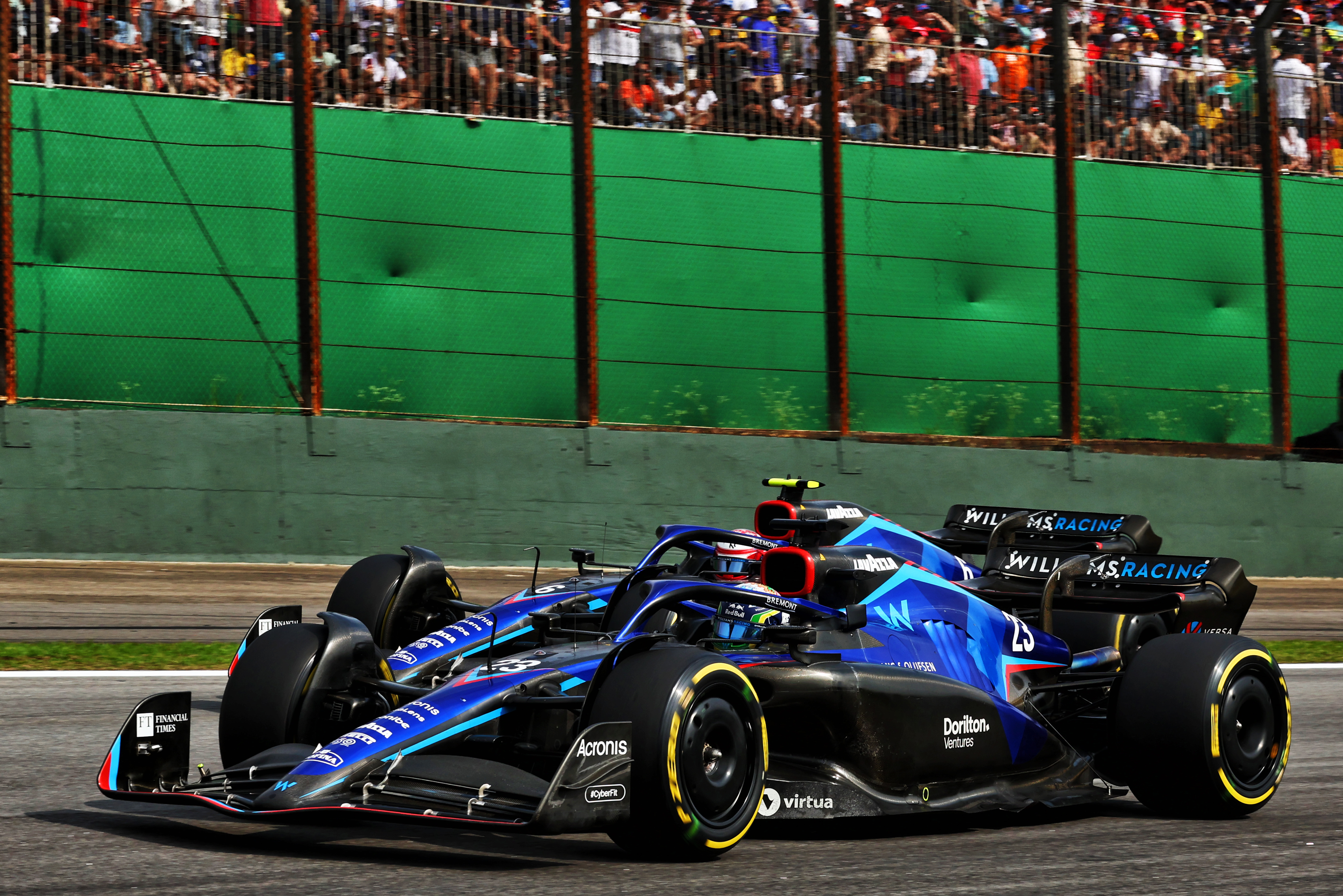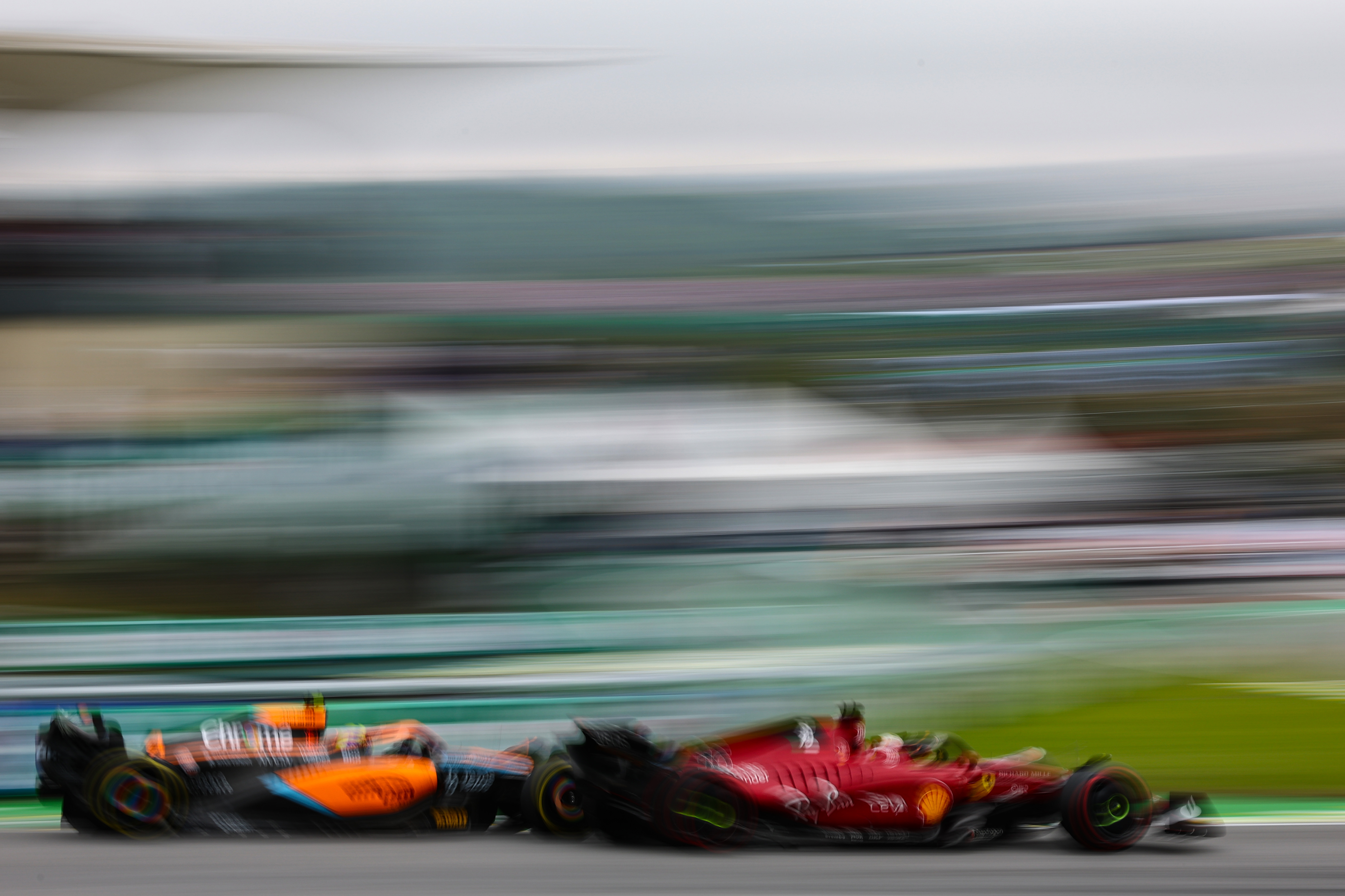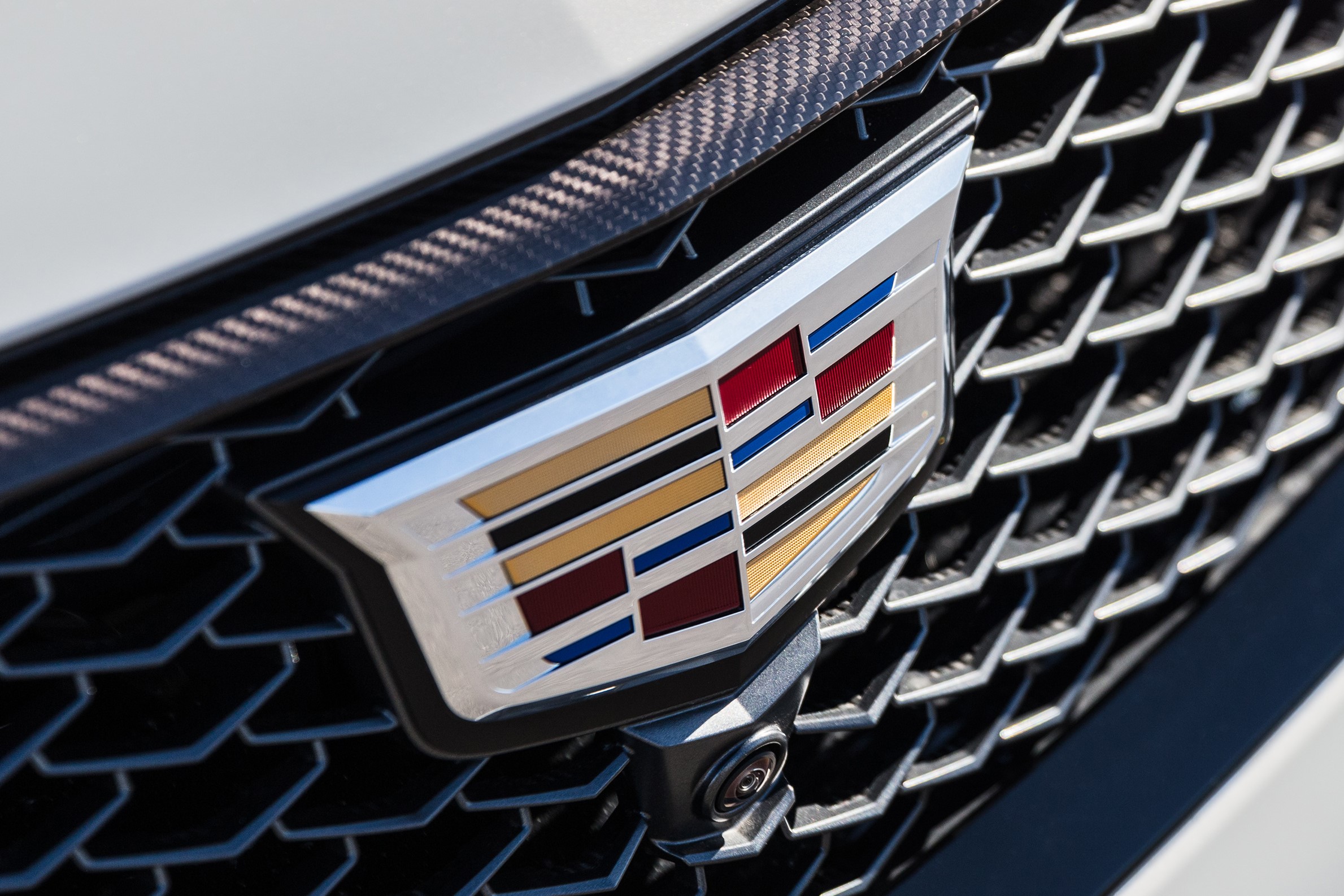Formula 1 teams are pushing for a major increase to the $200million anti-dilution fund that any new entrant would have to pay, as the FIA seeks to expand the grid.
A call for expressions of interest is expected to be issued by the governing body in the coming weeks, which will mark the first time a process to evaluate prospective new F1 teams has been launched since December 2013.
In anticipation of this, long-time F1 aspirant Michael Andretti has struck a deal with General Motors to work together on a bid for a new American team using the Cadillac name.
Andretti believes this manufacturer collaboration should be enough to fulfil the criteria and finally get his F1 project off the ground, and his interest has been vocally supported by FIA president Mohammed Ben Sulayem, to the surprise of several senior figures in F1.
There is a clear disconnect between the FIA and F1 over whether the Andretti Cadillac entry is as good as it sounds on paper, and the wider issue of expanding the grid at all.
With teams wary of suffering any financial loss should the grid get bigger it has been suggested that the anti-dilution fund enshrined in the Concorde Agreement signed in 2020 – which runs from 2021-2025 – should be significantly increased.
This fee, currently set at $200m, is a commercial agreement separate to the FIA entry process and designed to offer compensation to the existing teams in the event a new entrant joins and initially dilutes the prize fund that teams get a share of.
Now, just as the FIA prepares to open the expressions of interest process and the likes of Andretti ready a formal bid, there is talk of raising the anti-dilution fund to as much as $600m as part of the new Concorde Agreement that needs to be agreed for 2026 onwards.
In arguing for this figure, multiple sources drew comparisons to the cost of getting new franchises in US competitions like Major League Soccer ($325m) and the National Hockey League ($650m).
They also contend it would reflect how much team values have rapidly increased.
The original $200m figure is said to have been justified at the time because Williams was sold for slightly less than that around the time the Concorde Agreement was signed.

While the figure would have almost certainly been determined before this happened, it ultimately matched the realistic cost of buying an existing one. So it was considered good value.
In just over two years, though, teams believe the landscape has changed so significantly that the original figure is insufficient.
A hike to $600m would bring the anti-dilution fund in line with what Audi is believed to be paying to take over the Sauber team ahead of its works entry in 2026 and be more in line with the highest costs seen in US sports as well.
While critics have always seen the anti-dilution fund as an act of self-interest and greed at a time F1’s biggest teams have significantly reduced costs and boosted profits because of the budget cap, smaller teams are understood to be key to the push to increase it.
Teams fear leaving it unchanged would set the bar of entry too low and undermine their own value, which F1 is keen to protect because it views them as key to the growth of the championship in recent years.
There is also a fear it could encourage short-term investments, rather than the serious long-term commitments that F1 stakeholders demand, because theoretically somebody could pay $200m to take a final spot on the grid, spend as ‘little’ as $100m to set the team up, then use the fact it has filled the grid to sell at an inflated price and make a significant profit.
But the most voiced concern is that of an extra team taking up a share of the revenue without adding value to F1.
Teams are only willing to reduce what they are entitled to from the prize fund if they are getting a smaller slice of a bigger pie.
Liberty Media’s final 2022 earnings are yet to be revealed but in 2021 F1 paid out $1.068billion to the 10 teams, half of its revenue of $2.136bn for the same year.
From that prize fund, a special payment is made to Ferrari in recognition of its historical significance and there are payments for title-winning teams and teams that finished in the top three in the past decade. As of 2022 these are Red Bull, Mercedes, Ferrari again, McLaren and Williams.

Those payments comprise around one quarter of the prize fund, with the rest (around $750m in 2021) split between the 10 teams based on constructors’ championship position: the first-place team getting 14% with an equal decrease per position down to 6% for the team in 10th.
The implication is that if the grid expands, the prize fund would be derived from the same percentage of F1’s revenue. So, the current 10 teams would have to reduce their share of that by several percent to accommodate an 11th team, although the exact reduction would of course depend on how successful said team is.
In any case, the impact of an extra team on revenue shares is likely to be such that a one-off, $200m fee split 10 ways may only cover the losses for two seasons if revenues continue to increase, and F1 posted an extra $470m in revenue in the first three quarters of 2022 compared to 2021, so the prize fund is set to grow.
It has always been the case that the anti-dilution fund could be waived with unanimous agreement, for the right entrant.
However, existing teams have privately raised concerns about the Andretti Cadillac project, indicating they will play hardball unless these are eased.
Existing teams believe it could just be a badging exercise, which in their view would water down the General Motors/Cadillac element of Andretti’s proposal because it would not be a full manufacturer commitment – perceived in the paddock to be almost essential to guarantee value is added to F1.

Michael Andretti contends this is nonsense and has even indicated that his operation would work with the unnamed supplier (Renault) to adapt the engine, thereby ensuring GM/Cadillac have “intellectual property” in the 2026 design. He has also said the current teams are only motivated by greed.
Another criticism of the existing teams is that Andretti and General Motors have not lodged a formal bid and teams are overreacting to basic details stated publicly so far.
One team boss told The Race that the lack of detail – concerning matters such as where the funding is coming from, how much of it there is, and what General Motors would be contributing either financially or technically – is precisely why they are critical.
They say that although Andretti Cadillac will need to provide such information in any formal bid to satisfy the entry criteria of the FIA and the commercial rights holder, teams will not be privy to that information. And by then the matter will be in the hands of the decision-makers.
The current teams will therefore likely retain their strong objection behind the scenes until convinced to relent.
This could be through Andretti and General Motors providing details that support the argument that this would be a real manufacturer commitment to F1, with one suggestion being that Andretti should take a more diplomatic approach and present his proposal to all stakeholders at an F1 Commission meeting.
The alternative approach could be meeting a hugely inflated anti-dilution fee, proving there is massive funding and providing a long-term guarantee of any Andretti/General Motors investment.



